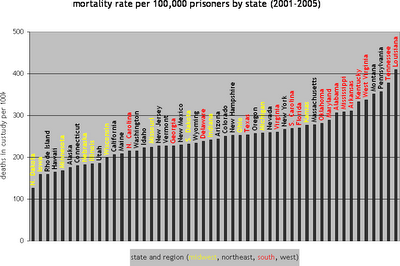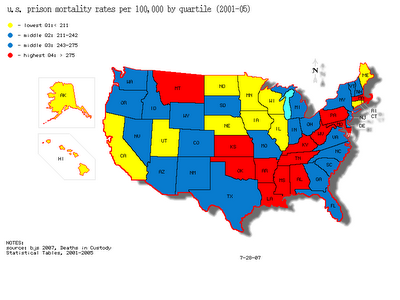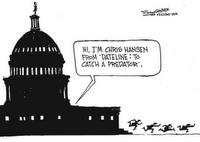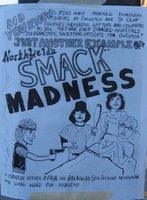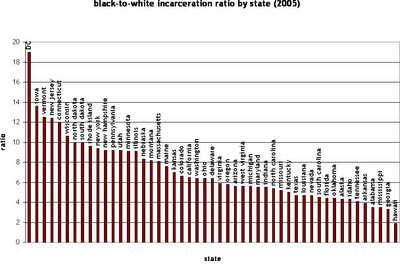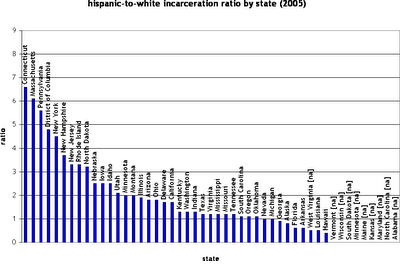 conjugal visits for prisoners have long been suggested as a means to preserve family bonds (with those on the outside) while providing an additional incentive for decent behavior (with those on the inside). i’ve yet to see a methodologically bulletproof test of their effects, but i’d characterize the research evidence on these questions as “spotty.” in this area, as in others, we could use some randomized trials.
conjugal visits for prisoners have long been suggested as a means to preserve family bonds (with those on the outside) while providing an additional incentive for decent behavior (with those on the inside). i’ve yet to see a methodologically bulletproof test of their effects, but i’d characterize the research evidence on these questions as “spotty.” in this area, as in others, we could use some randomized trials.
nevertheless, i’m definitely taken with the idea of prisoners earning private time with their loved ones, particularly in the weeks and months preceding release. unfortunately, such programs are rare today. in light of prison overcrowding, budget pressures, and concerns about visitors bringing s.t.d.s and contraband into prisons, only a handful of states operate conjugal visit programs today.
where such visits are offered, however, there appears to be a move to extend them beyond heterosexual marital relationships. california recently became the first state to establish overnight conjugal visits for same-sex partners. just this week, institutions in mexico city adopted a similar policy. in california, visits are only permitted for registered domestic partners who are not themselves in custody, and the domestic partnership must have been established before admission to prison. moreover, such visits are not permitted for sex offenders, condemned inmates, or those without a parole date. those with violent offenses against a minor or a family member are also ineligible.
even with such restrictions, the program helps some inmates reconnect with an important source of outside support — and sometimes their only source of outside support. msnbc quoted one california inmate as follows:
“I got to spend 2 1/2 days one-on-one with my partner, my best friend, my confidant, my life partner. It wasn’t about the sex … You can actually just relax and get to know your partner again.”
as a reentry, reintegration, and recidivism-reduction strategy, that’s probably not a bad use of a weekend.


